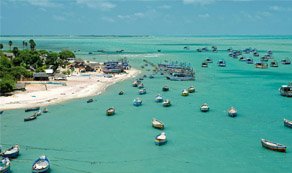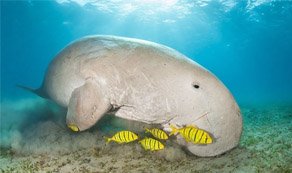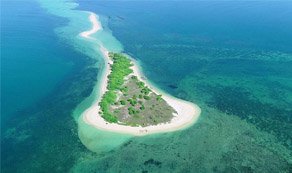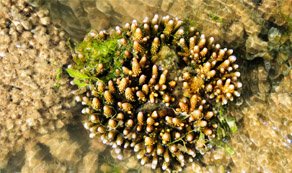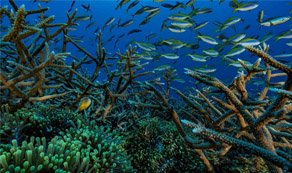Gulf of Mannar

Gulf of Mannar:
The Gulf of Mannar is an Indian Ocean waterway that separates western Sri Lanka from southeast India. Rameswaram borders it on the northeast. The gulf is 100 miles (160 km) long and 80–170 miles (130–275 km) broad.
The Gulf of Mannar, which is home to three distinct coastal ecosystems—the coral reef, the seagrass bed, and the mangroves—is regarded as one of the richest regions in the world in terms of marine biodiversity. It is renowned for its exceptional biological richness and serves as a global repository for marine diversity.
Marine Conservation Sanctuary:
The Gulf of Mannar, one of Asia's richest coastline regions, is situated on the southeastern corner of the subcontinent and is home to over 3,600 species of flora and wildlife. There are over 117 hard coral species known to exist in the Gulf of Mannar. Visitors to the gulf include sharks, dugongs, and dolphins in addition to sea turtles.
The Gulf of Mannar Marine National Park was established in 1986 and consists of a collection of 21 islets situated between Thoothukudi and Dhanushkodi off the coast of Tamil Nadu. In 1989, the park and the 10 km surrounding it were designated as Biosphere Reserves.
Reserve for biosphere:
The 10,500 km2 Gulf of Mannar Biosphere Reserve includes 21 islands, the surrounding coastline, and the ocean. While seaweed communities, sea grass communities, coral reefs, salt marshes, and mangrove forests are found in the marine habitats, beaches, estuaries, and tropical dry broadleaf forests are found in the islets and coastal buffer zone.
Maritime Operations:
The two main seaports on the Gulf of Mannar are Colombo, Sri Lanka, and Thoothukudi, or Tuticorin, in Tamil Nadu. The shallow Palk Strait can only hold small shallow-draft vessels, but these ports can handle deep-draft vessels as well. To move on with the Sethusamudram Shipping Canal Project, which would establish a deep waterway connecting the Gulf of Mannar to the Bay of Bengal, the Indian government made initial measures in July 2005. Environmentalists have cautioned against the serious harm such a project may cause to the marine life and fisheries of the Palk Strait and the Gulf. Proponents of the proposal highlight the advantages of a direct shipping route that connects India's east and west coastlines without the need to travel around Sri Lanka.




